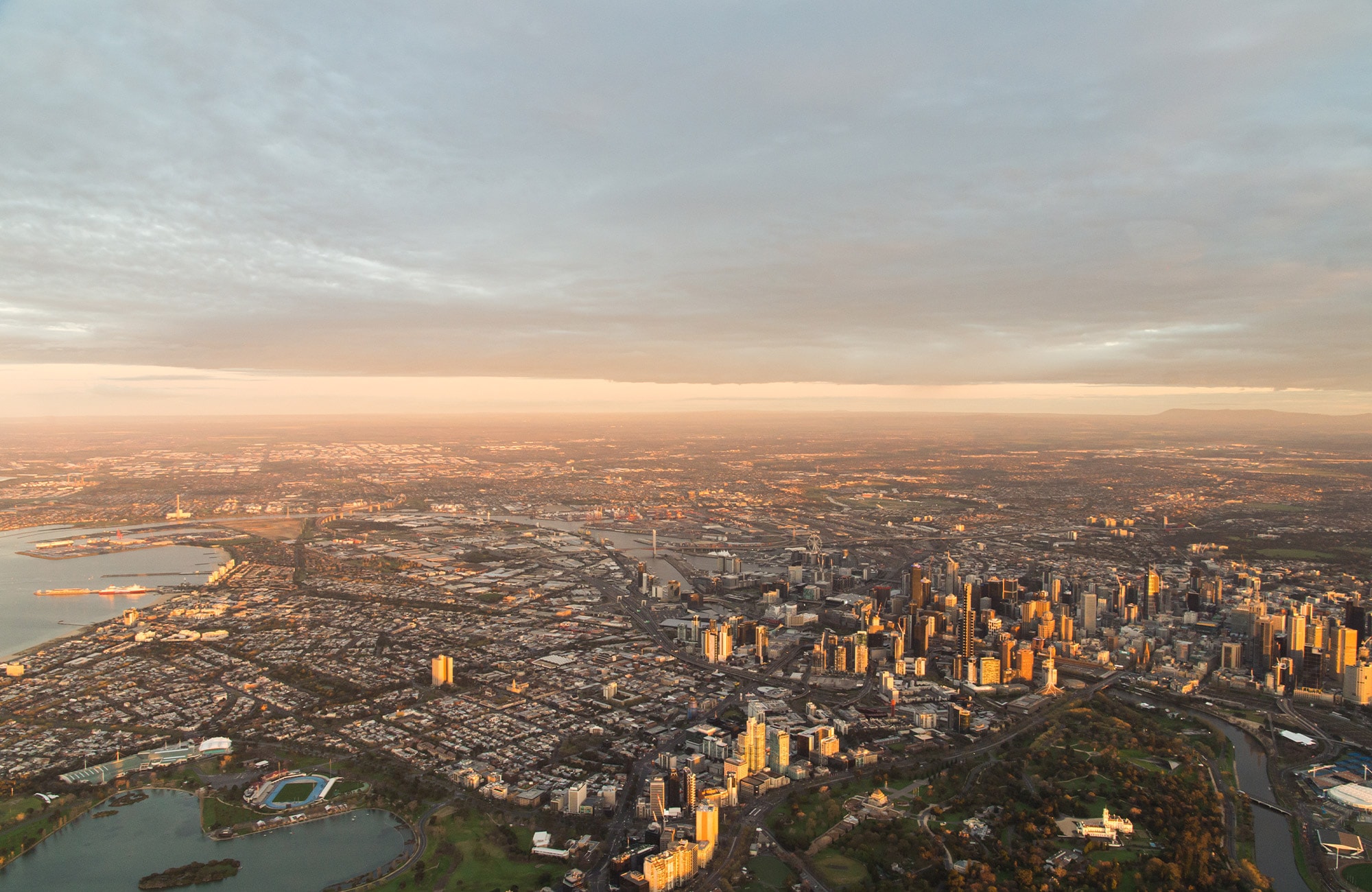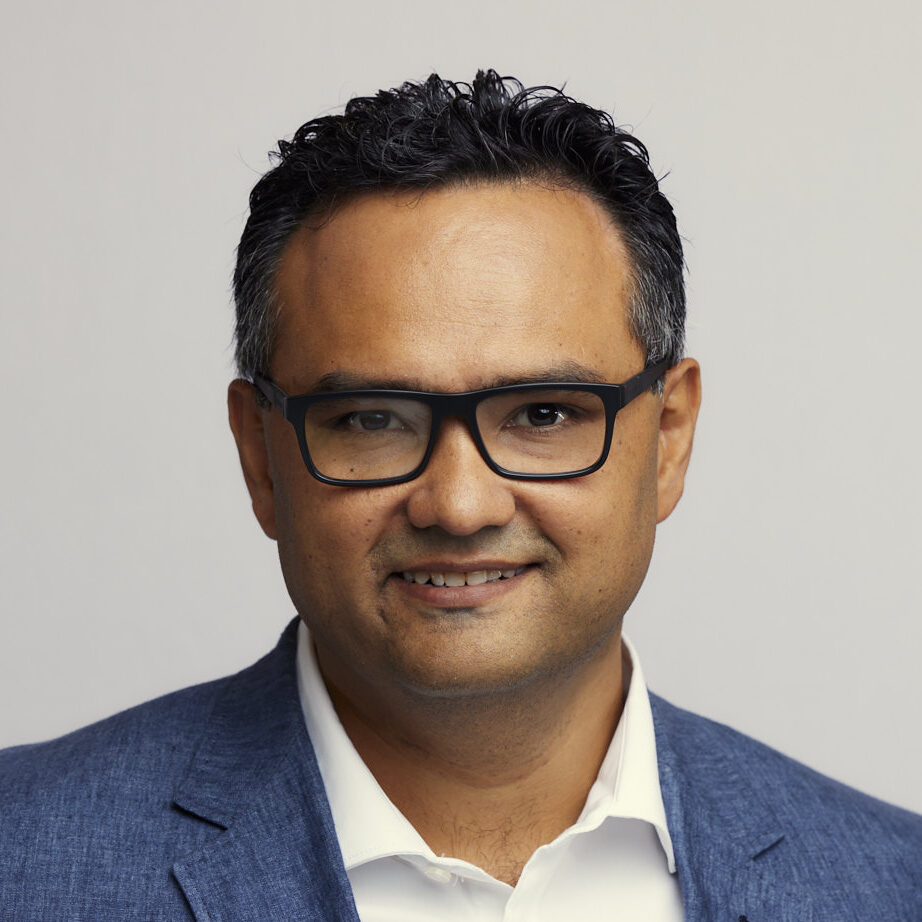Is Melbourne’s property market about to boom again? After a slow couple of years, signs are pointing to a comeback – and it’s happening quietly. With interest rates tipped to fall further and investor activity picking up, Melbourne’s property market is starting to move. Auction clearance rates are climbing, buyer confidence is returning, and prices are showing early signs of growth.
If you’ve been sitting on the sidelines waiting for the right moment, this could be it. Yes, Melbourne lagged behind other capitals after COVID, but the fundamentals remain strong – solid population growth, a diverse economy, and tight rental supply. Right now, median dwelling values sit at $786,158, with houses at $934,500 and units at $610,327. That’s roughly $400,000 cheaper than Sydney – giving buyers a rare shot at value in a major capital city.
Thinking of buying real estate in Melbourne? Check out our top picks for property professionals in the area:
Current State of Melbourne’s Property Market
Melbourne’s property market is slowly but surely regaining momentum in 2025. After a tough run in 2023–2024, we’ve seen a few months of modest growth this year. Property values edged up 0.2% in April and 1.0% over the quarter. But zoom out, and the market still has ground to make up – prices are down 2.2% year-on-year and sit about 5.4% below their 2022 peak.
That underperformance compared to cities like Perth and Adelaide might sound like bad news. But for smart property investors, it’s created a rare chance to buy in before momentum really kicks in.
The turning point came after the February 2025 interest rate cut, when Melbourne unexpectedly led the country in price growth for the month. Auction clearance rates and buyer numbers have picked up since then. That’s a clear sign that confidence is returning. In fact, some in the industry have started calling it a “stealth boom” – a quiet resurgence where investors are moving early, before the headlines catch on.
What’s Driving the So-Called Stealth Boom?
Behind the scenes, there’s been a noticeable uptick in investor activity – especially from seasoned buyers with equity to play with. Pre-approvals have spiked, and many buyers are targeting inner and middle-ring suburbs while prices are still reasonably low.
So what’s behind this early investor push?
Rate cut momentum: The RBA is expected to drop even further in 2025. Lower rates mean better borrowing power, and that’s got investors circling.
Supply is tight: Building approvals are well below the 10-year average, and new dwelling completions are at decade lows. That shortage is already pushing rents up and making existing homes more valuable.
Confidence returning: Investors aren’t waiting for the media to catch on. Many are jumping in now, ahead of the next growth cycle.
What Else Is Driving Melbourne’s Property Market Right Now?
It’s not just falling interest rates that are driving the recovery. A few deeper fundamentals are making a difference:
1. Population is Booming
Victoria’s population grew by hundreds of thousands of people in the past year alone. With Melbourne expected to add millions more people by 2050, long-term demand for housing isn’t going anywhere.
2. Rents are Still Climbing
Rental demand is sky-high. Vacancy rates are at 1.7%, and over the past 12 months, rents in Melbourne have risen by more than 9% for both houses and units. That’s good news for investors chasing stronger yields.
3. Finance is Flowing Again
After a sluggish period, housing finance in Victoria has bounced back especially compared to other markets. In August last year, total finance commitments hit $86.2 billion, which was 13% above the 10-year average. It was a clear sign that buyers were re-entering the market, and the momentum has continued, with lenders now far more willing to say yes.

Melbourne Property Prices by Suburb: Where the Growth Is Happening
Melbourne’s market isn’t rising evenly across the board – but some suburbs are already pulling ahead. From luxury postcodes to first homebuyer territory, price movements are giving us clues about what’s next.
Premium Suburbs (>$2M median)
Melbourne’s high-end postcodes have remained surprisingly resilient. Suburbs like Toorak, Canterbury, Balwyn, and South Yarra continue to attract deep-pocketed buyers chasing lifestyle, prestige, and scarcity.
These areas tend to hold their value better during downturns – and often lead the rebound. When the market shifts, they’re usually the first to move.
Mid-Range Suburbs ($800K – $2M)
If you’re looking for long-term upside, Melbourne’s mid-tier market is where the action is heating up. Suburbs like Richmond, Fitzroy, Carlton, and St Kilda continue to attract strong demand thanks to their mix of lifestyle, location, and character housing. Yes, they’re pricier than the outer-ring suburbs – but they’re also far more likely to hold value when times get tough.
Further out, middle-ring suburbs like Mitcham, Bentleigh, Glen Waverley, and Reservoir are also gathering steam – helped along by big infrastructure projects like the Metro Tunnel and ongoing gentrification.
Affordable Entry Points (<$800K)
First home buyers and investors on a tighter budget aren’t locked out completely. There are still pockets of growth under the $800K mark – especially in Melbourne’s north and west.
One standout has been the Tullamarine–Broadmeadows corridor, which posted +1.9% annual growth in house prices. These areas often benefit from ripple effects as buyers get priced out of the inner and middle rings.
And while freestanding homes in this price bracket are limited, units remain an accessible option. With a median of $610,327, Melbourne’s unit market offers a lower barrier to entry – especially for buyers focused on rental yield or lifestyle locations close to the CBD.
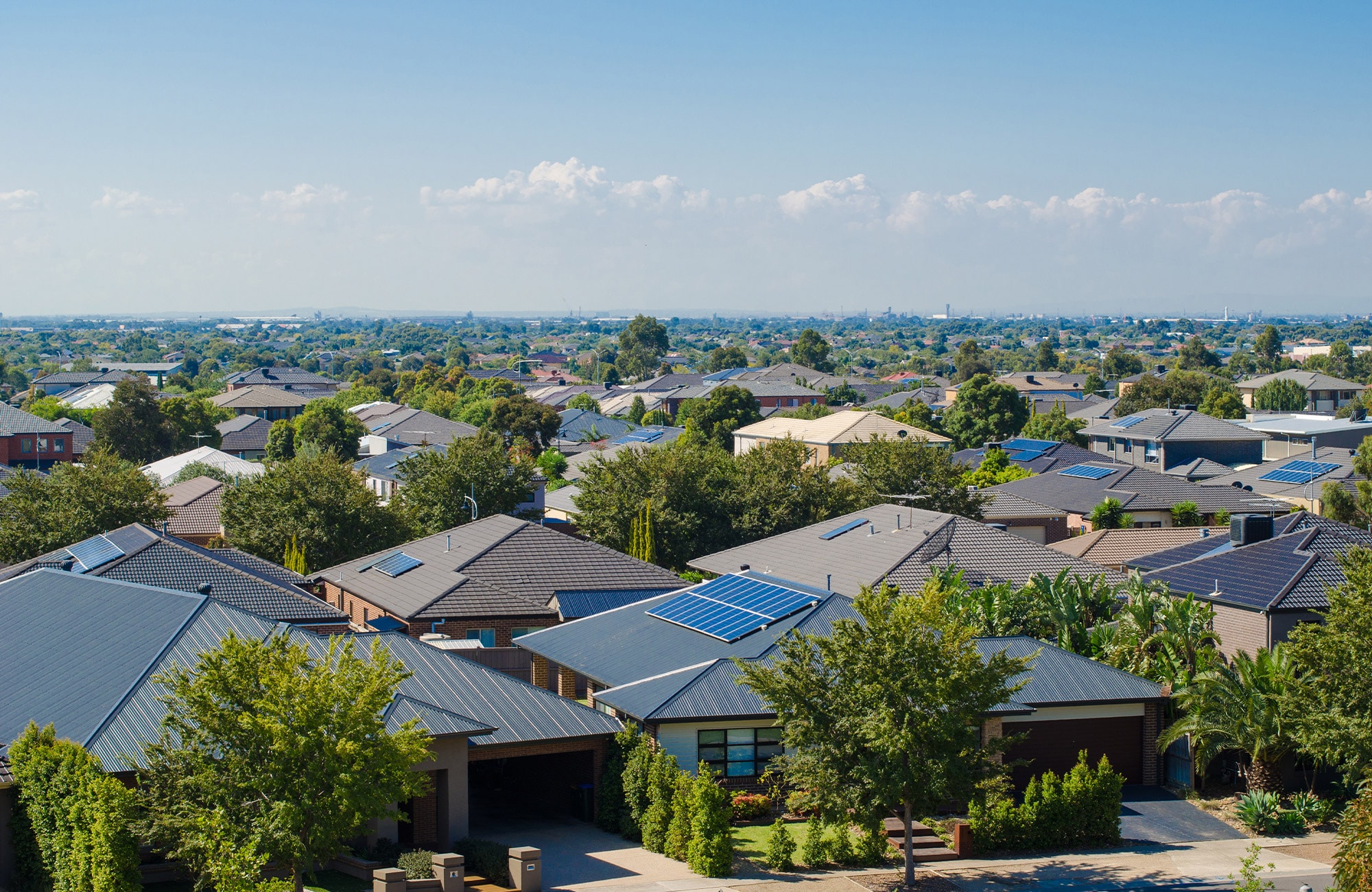
Investment Opportunities in Melbourne’s Recovery
Melbourne might’ve underperformed in recent years – but that’s exactly why savvy investors are starting to pay attention. With prices still below their 2022 peak and interest rate cuts on the table, conditions are quietly shifting in favour of buyers who move early. This isn’t about chasing a hot market – it’s about getting in before everyone else realises it’s heating up.
Why It’s Starting to Look Like the Right Time
Melbourne is still playing catch-up. Cities like Perth and Adelaide have already had their growth runs. Melbourne, on the other hand, is just getting moving again – and that creates room for upside.
Strong long-term fundamentals. Melbourne is on track to hit 9 million people by 2050. Population growth, infrastructure investment, and a diverse economy continue to underpin demand for quality housing.
Improving borrowing conditions. With rate cuts expected throughout 2025, borrowing power is slowly coming back. Buyers who act early may be locking in better deals before demand lifts prices again.
What Smart Investors Are Buying
Not all suburbs or property types will benefit equally from a recovery. The investors who tend to do well are:
Buying in established, owner-occupier suburbs with good schools, transport, and lifestyle appeal – especially in the inner and middle rings.
Focusing on houses and townhouses, rather than cookie-cutter apartments. Properties with land, scarcity, or renovation potential tend to hold value better and attract stronger rental demand.
Steering clear of oversupplied pockets, particularly high-rise developments or fringe estates that struggle to attract quality tenants.
Who’s Active Right Now?
Mortgage brokers are seeing a clear trend: experienced investors with solid equity positions are back in the market. Pre-approvals are rising, especially in suburbs with proven track records. These aren’t speculative buyers chasing short-term gains – they’re planning ahead, positioning themselves before the crowd comes back.
We’re also seeing more first-time investors dipping their toes in. These are drawn by lower prices, rising rents, and the feeling that now’s a smart time to get started. And if there’s one thing Melbourne’s property market has shown us before – when it turns, it moves quickly.

How Melbourne Compares to Other Capital Cities
Melbourne’s recent performance hasn’t been as strong as places like Perth or Brisbane – but that could be why now’s the time to look closer and see if there’s an opportunity to cash in.
Melbourne’s Underdog Advantage
While cities like Perth and Brisbane have already seen big price gains over the past two years, Melbourne is still catching up. Dwelling values dropped around 2.2% over the past year, putting Melbourne near the bottom of the Australian leaderboard – but that underperformance has created a rare value gap.
As of mid-2025, Melbourne’s median dwelling value is around $786,000 – about $400,000 cheaper than Sydney. That makes it very affordable for a major city with strong fundamentals and rising demand.
We’re already starting to see signs of a turnaround. In March, Melbourne posted a 0.5% monthly gain, leading the nation – an early signal that momentum may be shifting.
Rental Yields vs Growth Potential
Melbourne’s gross rental yields sit around 3.7%, which is lower than what you’ll find in cities like Perth or Darwin. But that’s not the whole story.
Melbourne has historically delivered some of the strongest long-term capital growth of any Australian city – thanks to population growth, infrastructure investment, and economic diversity. While yields may be leaner in the short term, the trade-off is greater potential for price growth over the longer term.
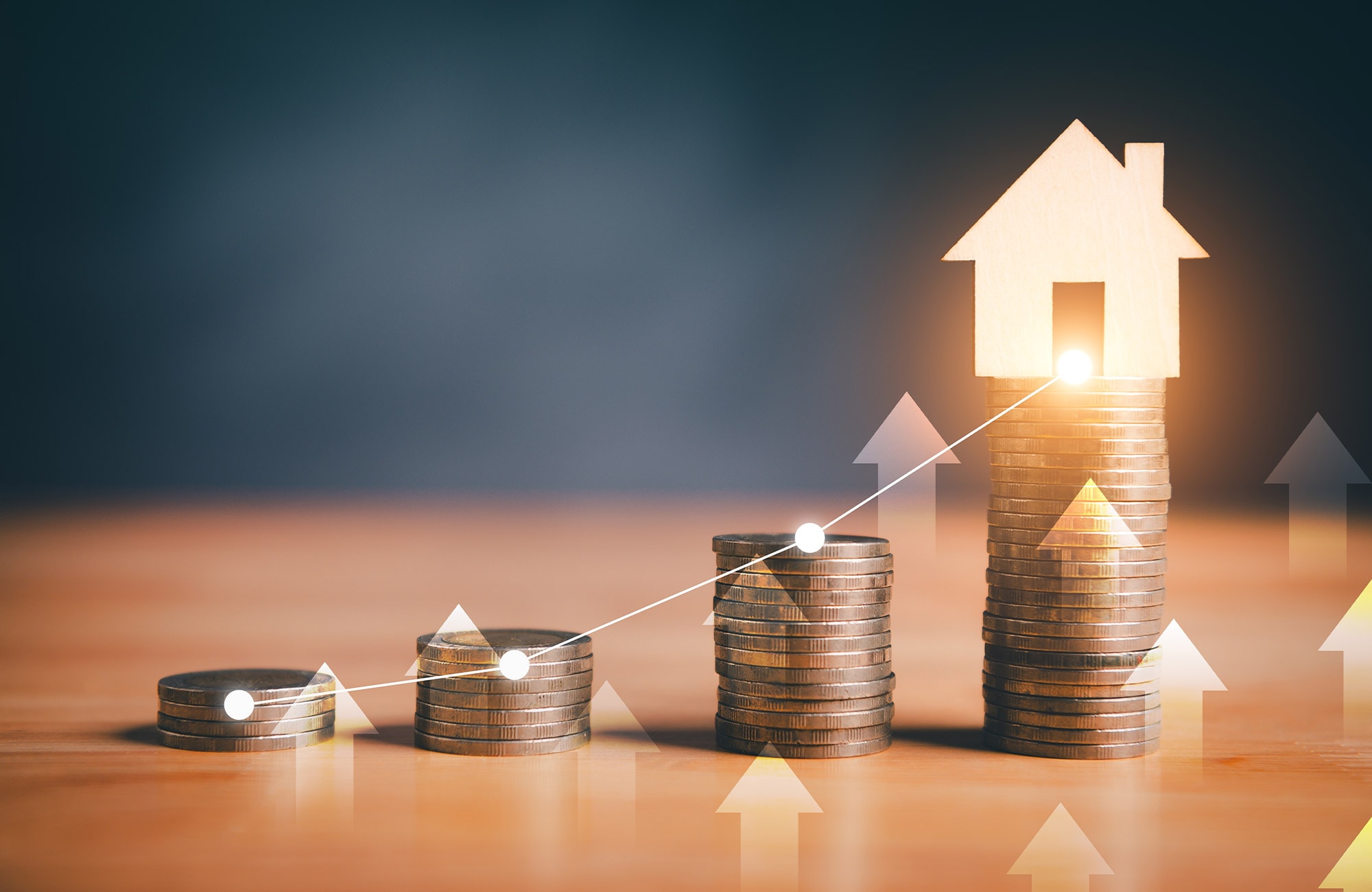
Challenges Facing the Melbourne Property Market
Momentum is building – however Melbourne’s property market still has a few speed bumps to clear.
Affordability Is Still a Major Roadblock
Yes, Melbourne is cheaper than Sydney – but that doesn’t mean it’s affordable. With the median dwelling price sitting at $786,158, buyers still need a decent income and a big deposit to even get close. Price-to-income ratios remain among the highest in the country, and for first home buyers, the gap between wages and housing costs keeps growing.
Government support schemes like stamp duty concessions or the First Home Guarantee have helped some buyers, but they don’t address the deeper issue – that property prices have far outpaced incomes. For many, the deposit hurdle alone is enough to keep them out of the market entirely.
Supply Is Being Choked From the Construction Side
On the supply side, things aren’t looking much better. Building activity across Victoria is still well below average – with new housing starts down more than 16% compared to the last decade.
That’s partly due to the ongoing labour shortage, and partly because material costs are still high. These pressures are blowing out construction timelines and making new homes more expensive to build. Even developers with approvals are struggling to get projects off the ground.
The result? Demand continues to outpace supply, and that’s going to keep pressure on both prices and rents for the foreseeable future.
Not Every Suburb Is Seeing Growth
It’s also worth pointing out that Melbourne isn’t one big uniform market. Some areas are going full throttle – others are stuck in neutral.
There’s been a clear divide between inner and middle-ring suburbs, where demand is picking up again, and outer fringe areas like Melton, Whittlesea, and parts of Casey, where prices have barely moved. Cost-of-living pressures are hitting some households harder than others, and that’s playing out in the data.
What we’re seeing now is a classic case of “markets within markets” – where property type, location, and buyer profile all matter more than ever.
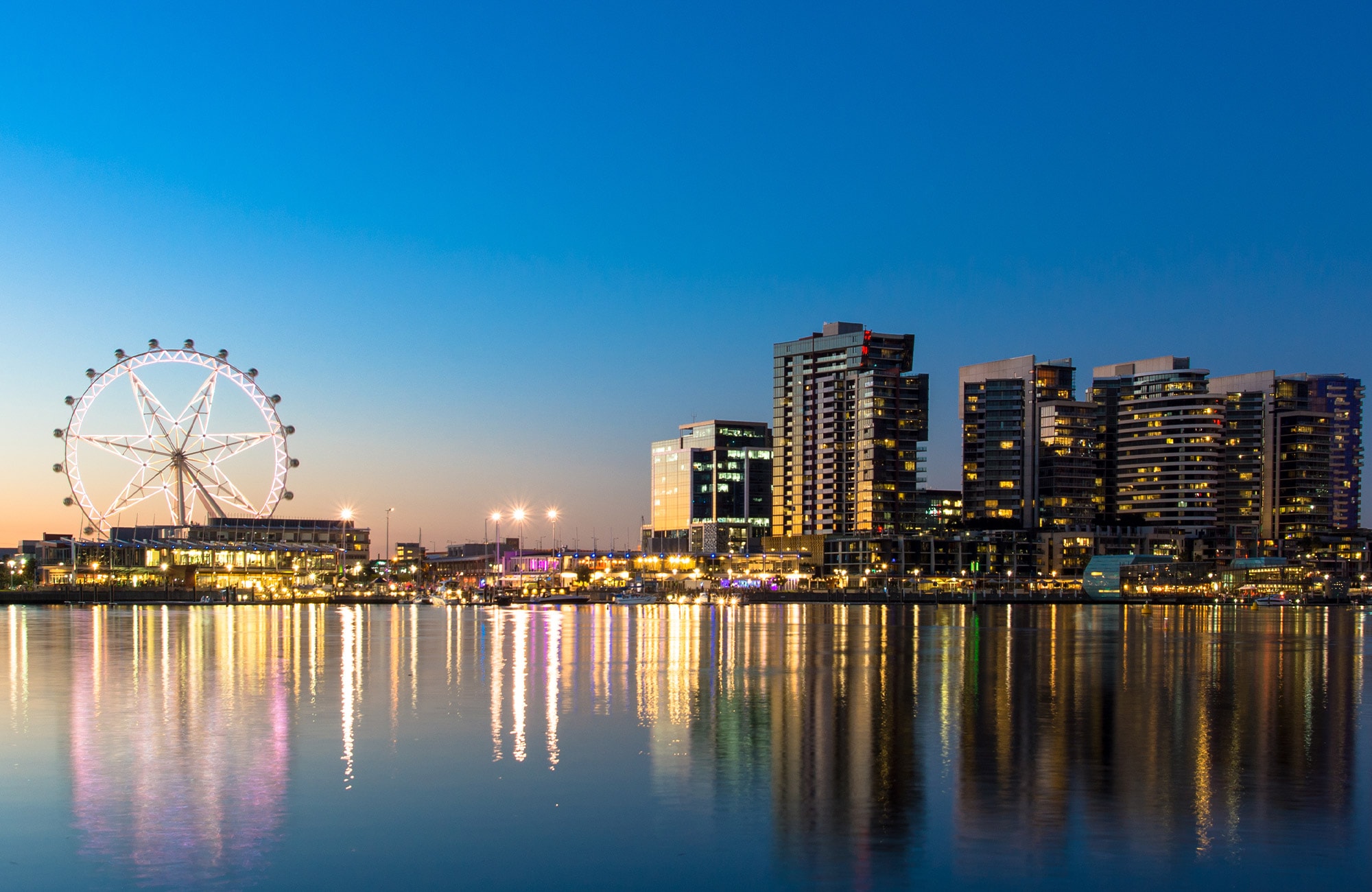
What Experts Are Predicting for Melbourne’s Property Market
Most experts agree that Melbourne’s market is turning a corner. While growth might be slow and steady at first, the medium to long-term outlook is shaping up as one of the strongest in the country.
In the short term, forecasts point to modest gains across both houses and units. KPMG tips Melbourne for 3.5% house price growth in 2025, with the unit market expected to perform even better – driven by affordability and renewed investor interest. As interest rates drop and we head into the busy spring selling season, buyer competition is likely to heat up.
Looking further ahead, analysts expect that momentum will build. In 2026, Melbourne is forecast to see 6–7% price growth, making it one of the top-performing capitals for both houses and units.
But it’s the long-term view that keeps investors coming back to Melbourne. With population growth back in full swing, the demand for housing isn’t going anywhere. Combine that with ongoing transport upgrades and a strong, diverse economy, and it’s easy to see why many consider Melbourne a safe bet for long-term capital growth.
That’s a view shared by many in the industry.
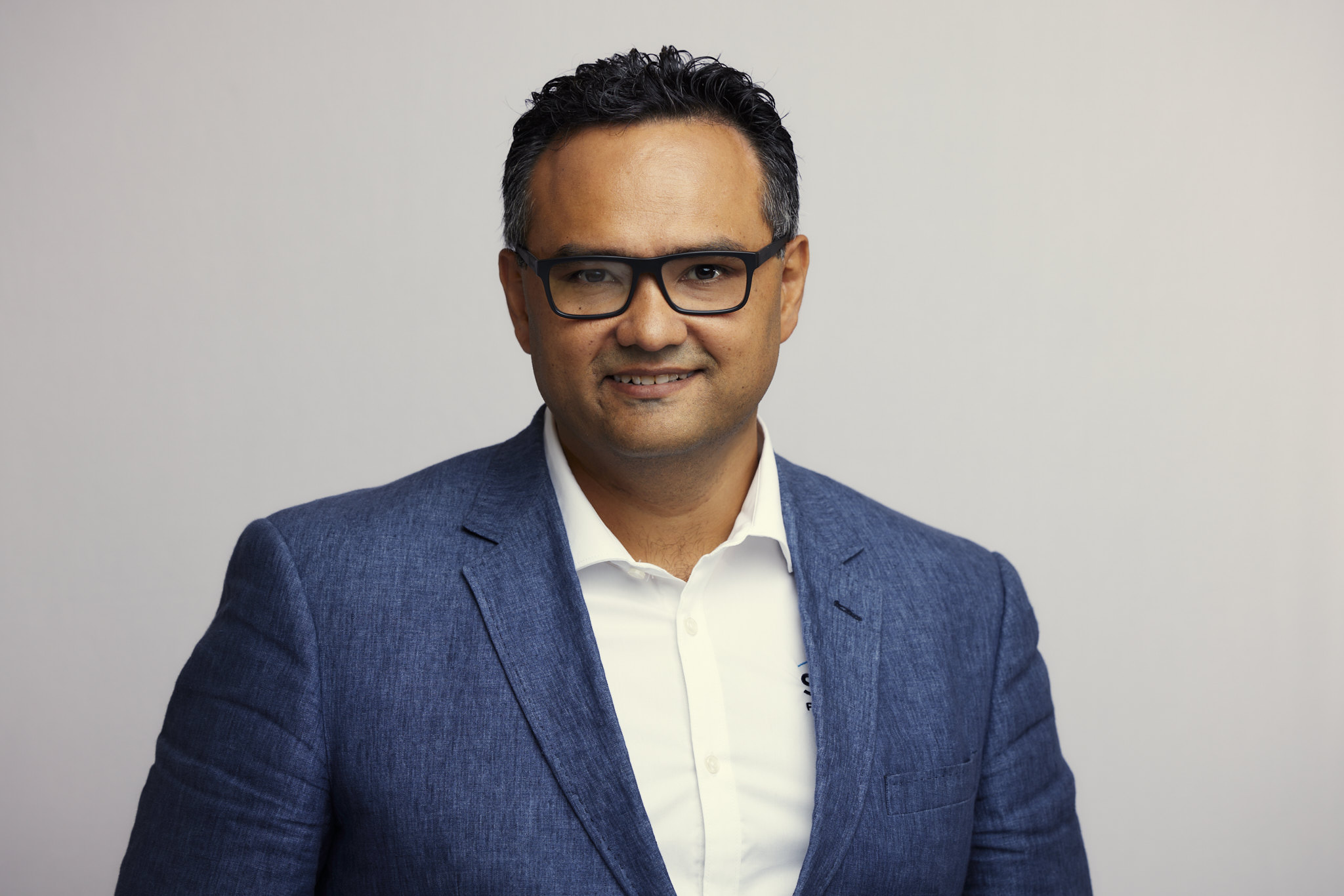
“The property market in Melbourne is showing clear signs of renewed momentum,” says Mansour Soltani from Soren Financial. “With forecasts pointing to modest growth in the short term and stronger acceleration through 2026. The anticipated rate cuts, combined with a significant undersupply of new dwellings, are likely to support price stability and moderate gains as early as the second half of 2025.”
Mansour Soltani, Soren Financial

“For first home buyers, investors, and upgraders alike, this presents a strategic window to enter or reposition in the market before more pronounced growth kicks in. Melbourne’s fundamentals – from infrastructure investment to population growth – suggest a resilient long-term outlook, making today’s conditions an attractive entry point for those with a medium to long-term perspective.”
James Haywood, Waves Financial
How to Navigate Melbourne’s Property Market in 2025
Whether you’re buying your first home, investing, or making a lifestyle shift, the Melbourne market offers plenty of opportunities – if you take the right approach. Here are some practical tips to help you navigate your next property purchase with confidence.
For First Home Buyers
Get pre-approved early so you’re ready to move when the right property comes up.
Be flexible on location – consider inner-city units or growth suburbs with planned infrastructure.
Use government support like the First Home Guarantee or Family Home Guarantee, but check eligibility and long-term pros/cons.
Look at units as a more affordable entry point – the median unit price sits around $610,000.
Think long-term – buying well now can mean strong equity growth as the market recovers.
For Property Investors
Target suburbs with strong fundamentals: good schools, infrastructure investment, and low supply.
Avoid oversupplied areas like cookie-cutter high-rises with high vacancy risks.
Work with a good mortgage broker to optimise your lending structure and borrowing capacity.
Engage a strong property manager to reduce vacancy and maximise returns.
Get across tax strategy – depreciation, negative gearing, and CGT can make a big difference to your bottom line.
For Upgraders and Downsizers
Consider timing – rate cuts and rising confidence could help you sell well and buy smart.
Explore bridging finance if you need to buy before you sell – just be clear on timelines and costs.
Plan around stamp duty thresholds to avoid unnecessary costs when upsizing or downsizing.
Think lifestyle and location – especially if your next move is about convenience, accessibility, or being closer to family.
Final Thoughts on the Melbourne Property Market
Melbourne’s property market might not be booming just yet – but all the signs point to a slow and steady comeback. With improving affordability, strong long-term fundamentals, and major infrastructure projects nearing completion, the city is quietly setting the stage for its next growth phase. Whether you’re looking to buy your first home, upgrade, or invest, now’s the time to get clear on your goals and make a plan. Because once the momentum picks up, playing catch-up gets a whole lot harder.
Want personalised advice on navigating Melbourne’s property market? Check out our recommended experts in the area:
Frequently Asked Questions
Which Melbourne suburbs are worth watching in 2025?
Suburbs in Melbourne’s inner and middle rings are shaping up as top performers – especially those with strong owner-occupier appeal, limited supply, and access to transport. Areas set to benefit from the Metro Tunnel and other infrastructure upgrades also offer strong potential for growth.
Is it better to buy a house or a unit in the current market?
It depends on your goals. Units are generally more affordable and may see stronger near-term growth, especially with investors returning to the market. But if you’re thinking long-term, houses usually deliver better capital gains thanks to the value of land. A well-located townhouse or family home in a gentrifying area could strike the right balance.
How do I figure out whether a property is a good investment?
Start by looking at the total return: that means rental income (yield) plus expected capital growth. Melbourne’s average gross rental yield is around 3.7%, but that’s just one piece of the puzzle. Consider location, vacancy rates, upcoming infrastructure, and long-term demand – or speak to a qualified adviser for a more detailed analysis.
What are the tax perks and traps of investing in property?
Property investors can usually claim depreciation and may benefit from negative gearing – which can reduce your taxable income. But there are also capital gains tax rules to keep in mind when you sell. It’s worth getting tailored advice from an accountant or financial planner before making a move.
How much deposit do I need to buy in Melbourne?
You’ll typically need at least 5–10% of the purchase price, though anything under 20% may mean paying Lenders Mortgage Insurance (LMI). With the median dwelling price sitting at $786,158, that could mean a deposit anywhere from around $40,000 to $160,000, depending on your loan setup.
Are there any government schemes that can help me buy sooner?
Yes – first home buyers may be eligible for the First Home Guarantee (just 5% deposit with no LMI), First Home Owners Grant (FHOG), and various stamp duty concessions. Just keep in mind eligibility rules and availability limits apply, so it’s worth checking the fine print.
Where can first home buyers still afford to buy?
Outer suburbs in Melbourne’s north and west tend to offer better value, while units in well-connected inner areas remain an accessible alternative. With the median unit price at $610,327, many buyers are turning to apartments for a foot in the door – especially in suburbs close to jobs, shops, and public transport.
Is it smart to start with a unit instead of a house?
For many first home buyers, yes. Units are generally cheaper, easier to maintain, and often closer to the action. They can also deliver solid rental yields if you plan to invest. But if you’re thinking long-term and want room to grow, a house might offer stronger capital growth down the line.
With over two decades of experience in Australia’s real estate sector, Mansour has built a career specialising in the acquisition and sale of investment and commercial properties, spanning major metropolitan hubs and regional areas. As the founder and owner of a finance brokerage firm, he manages a loan portfolio exceeding $100 million while serving a broad range of clients nationwide.
A frequent contributor to money.com.au, Mansour has developed a deep understanding of diverse investment strategies, enabling him to provide valuable, well-informed perspectives on market trends and opportunities.

